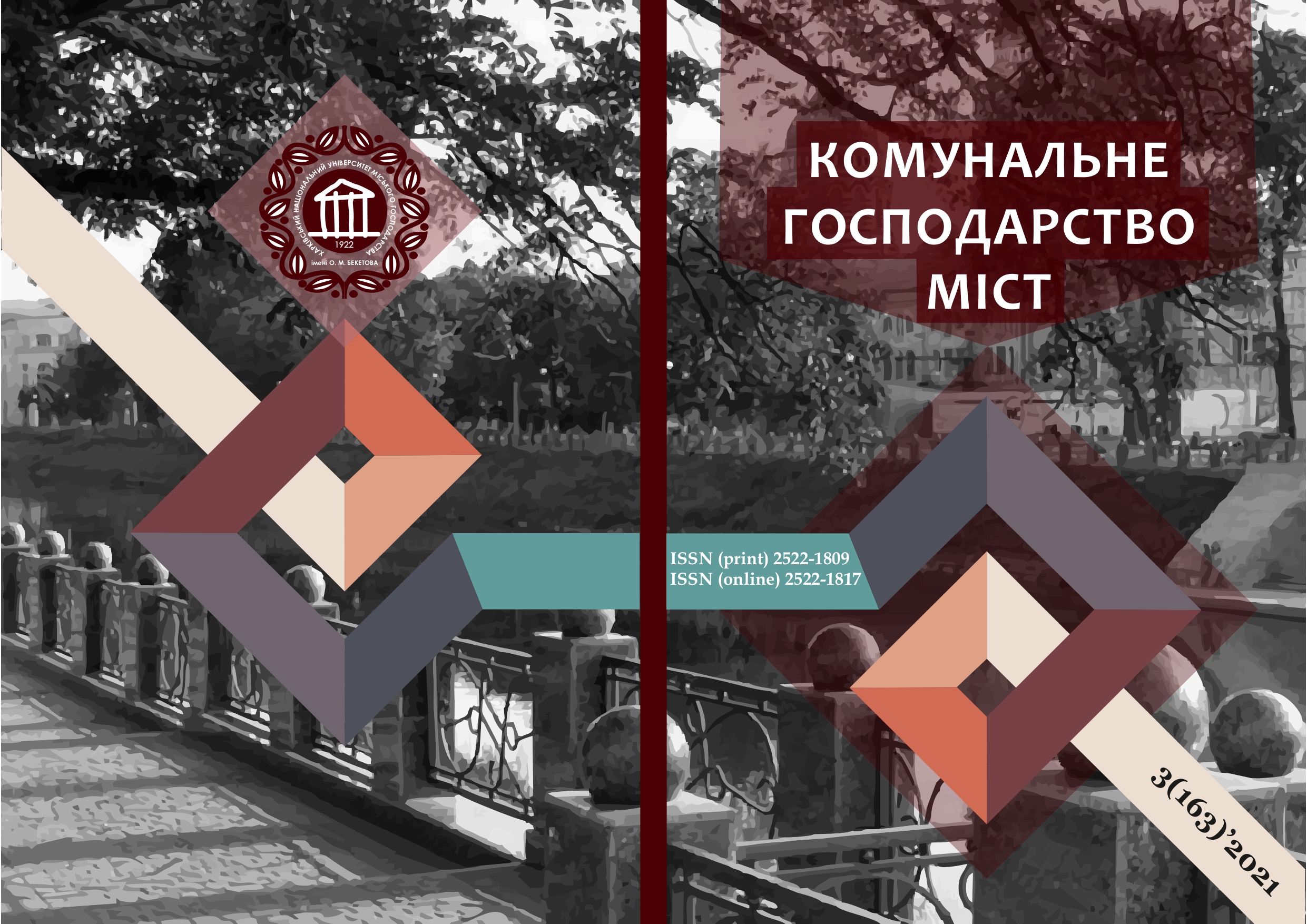ІСТОРИЧНИЙ АНАЛІЗ РОЗВИТКУ ЕНЕРГОЕФЕКТИВНИХ ЕКОЛОГІЧНИХ ПОСЕЛЕНЬ, КЛАСИФІКАЦІЯ ТА СВІТОВІ ПРИКЛАДИ
Array
Ключові слова:
комуна, соціальний житловий район, екологічне поселення, енергоефективне екологічне поселення.Анотація
У статті розглядаються основні підходи зарубіжних дослідників щодо тлумачення поняття «екологічне поселення», так як організація даних містобудівних утворень є багатогранним процесом, який пов’язаний з різноманітними факторами, які розглядаються в різних наукових сферах. Виявлено передумови історичного розвитку та етапи формування, наведена класифікація та короткий опис найуспішніших світових енергоефективних екологічних поселень.
Посилання
2. Mollison, B. (1988) Permaculture: A Designers' Manual, Tyalgurn, NSW: Tagari Publications.
3. Ross Jackson, 1.T. (2000) We ARE Doing It: Building and Ecovillage Future, San Francisco, CA: Robert D. Reed Publishers.
4. Richard Register, Ecocities: Building Cities in Balance with Nature. Berkeley: Berkeley Hills Books, 2002.
5. Jan Martin Bang, Ecovillages: A Practical Guide to Sustainable Communities. UK: Floris Books, 2005
6. Chris ScottHanson, and Kelly ScottHanson, The Cohousing Handbook:Building a Place for Community, Revised Addition. Canada: New Society Publishers, 2005.
7. William Fulton. New Urbanism, Hope or Hype for American Communities. Lincoln Institute of Land Policy, 1996.
8. Jonathan Dawson, Ecovillages, New Frontiers for Sustainability. White River Junction, VT: Chelsea Green Publishing Company, 2006.
9. Sim Van der Ryn and Stuart Cowan, Ecological Design. Washington, D.C.: Island Press, 1996.
10. John Tillman Lyle, Regenerative Design for Sustainable Development. New York: John Wiley & Sons, Inc., 1994.
11. National Snow and Ice Data Center (NSIDC): Retrieved from : https://nsidc.org/
12. Gilman, Robert. (1991) "The Eco-village Challenge". Living Together Summer 1991.
13. Kirby, Andy. (2003) "Redefining social and environmental relations at the ecovillage at Ithaca: A case study." Journal ofEnvironmental Psychology 23:323–332.
14. Kozeny, Geoph. 2005a. "In Community, Intentionally." Pp. 12–17 in Communities Directory: A Comprehensive Guide to Intentional Communities and Cooperative Living. Rutledge, MO: The Fellowship for Intentional Community.
15. Luchkova. V.I. Lecture course: The history of urban planning in the pre-industrial period.
16. Gaia Trust is a charitable entity supporting sustainability projects around the world. Two NGOs especially have been supported for many years and continue to be supported, namely Global Ecovillage Network and Gaia Education: Retrieved from : https://gaia.org/
17. Global Ecovillage Network. (2007) Retrieved from: http://gen.ecovillage.org
18. Retrieved from: https://ecovillage.org/projects/map/
19. Ruano, Migel. Ecological Mistobuduvannya: Navch. posibnik / per. N.G. Blagovidovoi. – M.: MARKHI, 2014. – 206 p.
##submission.downloads##
Опубліковано
Як цитувати
Номер
Розділ
Ліцензія
Автори, які публікуються у цьому збірнику, погоджуються з наступними умовами:
- Автори залишають за собою право на авторство своєї роботи та передають журналу право першої публікації цієї роботи на умовах ліцензії CC BY-NC-ND 4.0 (із Зазначенням Авторства – Некомерційна – Без Похідних 4.0 Міжнародна), котра дозволяє іншим особам вільно розповсюджувати опубліковану роботу з обов'язковим посиланням на авторів оригінальної роботи та першу публікацію роботи у цьому журналі.
- Автори мають право укладати самостійні додаткові угоди щодо неексклюзивного розповсюдження роботи у тому вигляді, в якому вона була опублікована цим журналом (наприклад, розміщувати роботу в електронному сховищі установи або публікувати у складі монографії), за умови збереження посилання на першу публікацію роботи у цьому журналі.
- Політика журналу дозволяє і заохочує розміщення авторами в мережі Інтернет (наприклад, у сховищах установ або на особистих веб-сайтах) рукопису роботи, як до подання цього рукопису до редакції, так і під час його редакційного опрацювання, оскільки це сприяє виникненню продуктивної наукової дискусії та позитивно позначається на оперативності та динаміці цитування опублікованої роботи (див. The Effect of Open Access).

